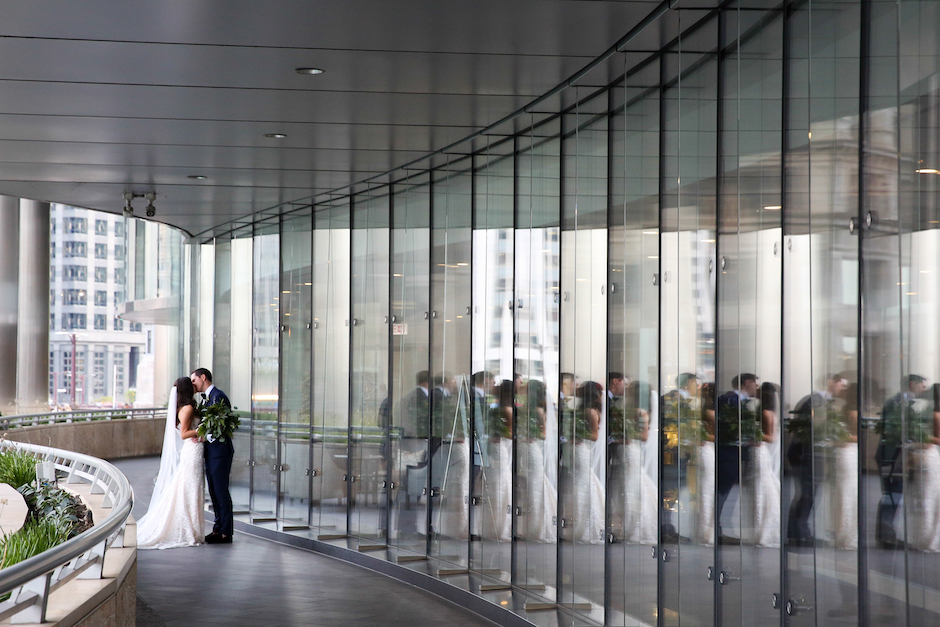Profiles
Capturing Humanity: Crombie McNeill’s Portraits of the Homeless
July 19, 2023
When Canadian photographer Crombie McNeill first started his career in photojournalism in the early 1960s, a peer suggested that he visit the Union Mission and take some portraits of the homeless people there in order to build his portfolio. Based in Ottawa, Canada, for the entirety of his career, McNeill entered the Union Mission skeptical that anyone would allow him to take their photograph.
Like so many other people, McNeill had a certain perception of homeless people that was informed by the narrative that they were dangerous and unstable. What he encountered was so much different. “I went into the Union Mission with great trepidation, but the people welcomed me, and offered me coffee,” he said. “Here I was, with all of these prejudices, and what I found was a group of warm, generous and kind people.”

Throughout his more than six-decade career, McNeill has returned frequently to the subject of unhoused people. During that time, he says, he has met a broad spectrum of personalities, each of which belongs to a unique human being. There is Tommy, for example, who panhandles on the street with his dog, Jones, despite having a collection of valuable Mickey Mouse watches that could easily be sold for thousands of dollars. There is David, a recovering alcoholic who lost his wife and son in a drunk driving accident and spends his time counseling individuals struggling with addictions. There is Pepper, a young woman who left her family in Toronto, and has dreams of becoming a writer one day. And there is Bill, a proud man and a former member of the Canadian Coast Guard who always is quick to tell a joke and buy his companion a beer.
McNeill never asks his subjects to pose or do anything that would make them uncomfortable. Instead, he photographs them quickly, using available light and a long lens with an analog body that allows for a close crop of his subject’s face. He never photographs people in compromising positions, or who are obviously unable to give their consent. “I try to eliminate the sundry details that don’t capture their personalities,” he says. Instead, he wants to capture the unique spark of each person’s essence. “The texture of skin and a person’s eyes tell so much of a person’s story,” he notes.

Most of McNeill’s photographs are taken on Ilford HP5, a high-speed black and white film that allows McNeill to capture the fine details in his subjects’ faces. For example, the fine lines etched in David’s face from a lifetime of smiling, and the salt and pepper shades of Tommy’s hair. Over the many years that he has worked with the unhoused, McNeill has heard many stories, none of them exactly the same. As a photographer, he’s less interested in proposing a solution to the housing problem in Canada – the estimated number of homeless people in Canada is anywhere between 150,000 and 300,000 people, and has been steadily rising over the last decade – than he is to transfer some of the empathy he feels for his subjects through his imagery. “At the very least, we should look at them as fellow human beings,” he says.
One immediate way to help, he notes, is to donate to caregiving agencies such as the Salvation Army, which could always use more resources. For this reason, McNeill hopes to publish his portraits of unhoused people in a book, which he hopes would be distributed to local government agencies as well as individual collectors, all with the goal of raising money for food, shelter and treatment programs. Currently, McNeill is trying to raise the $15,000 necessary for a publisher to agree to print the book. Anything beyond that would be donated back to people trying to house, feed and clothe people in need. If you would like to contribute, you can contact McNeill directly ([email protected]).
[Read: Documentary Portraits of Humans at 100]
When McNeill considers homelessness around the world, he becomes overwhelmed. “It is just such a vast problem,” he says. For this reason, he has chosen to photograph only the population near his home. Over the last six decades, he notes, the demographics of the unhoused people in Ottawa has changed dramatically, shifting from a majority male population to one that now includes many women and children. “I am so honored that over my life, these people have trusted me to photograph them,” he says. “I hope my photography transmits how honored I feel, and how resilient these people are who are living on the streets.”




